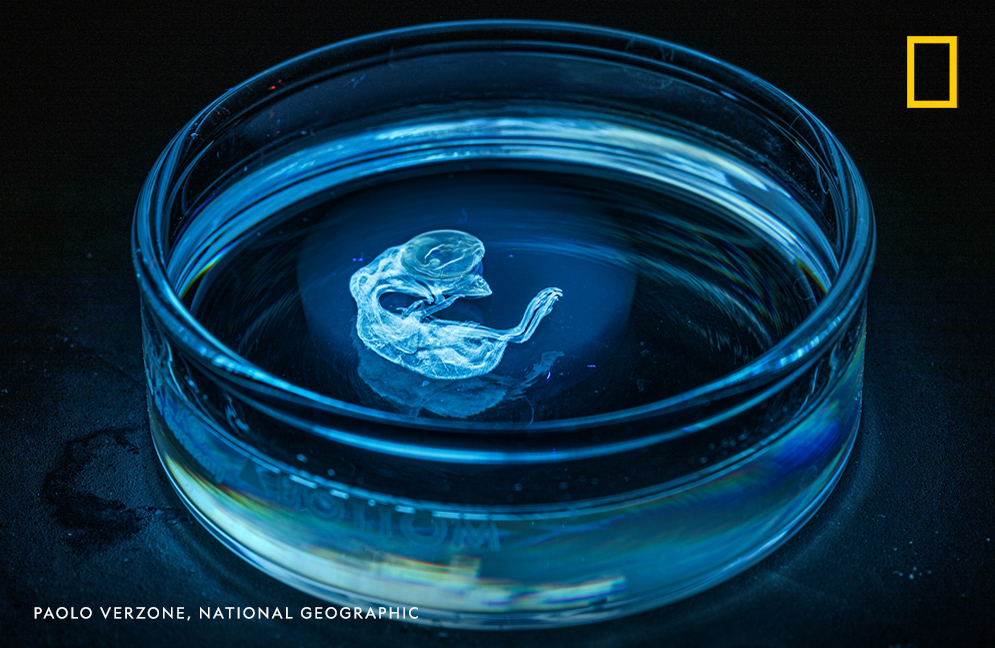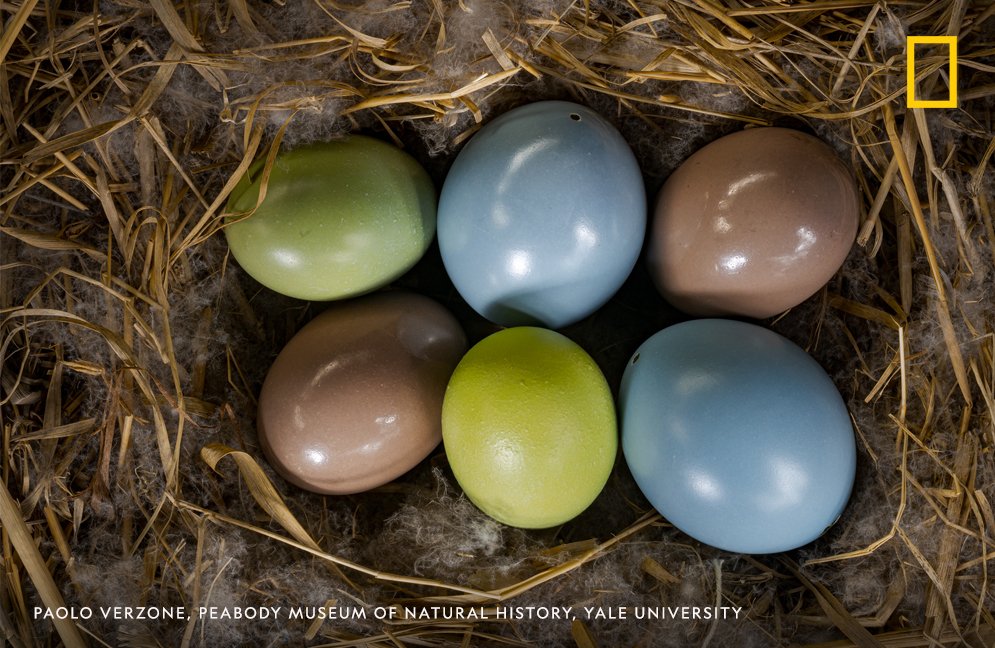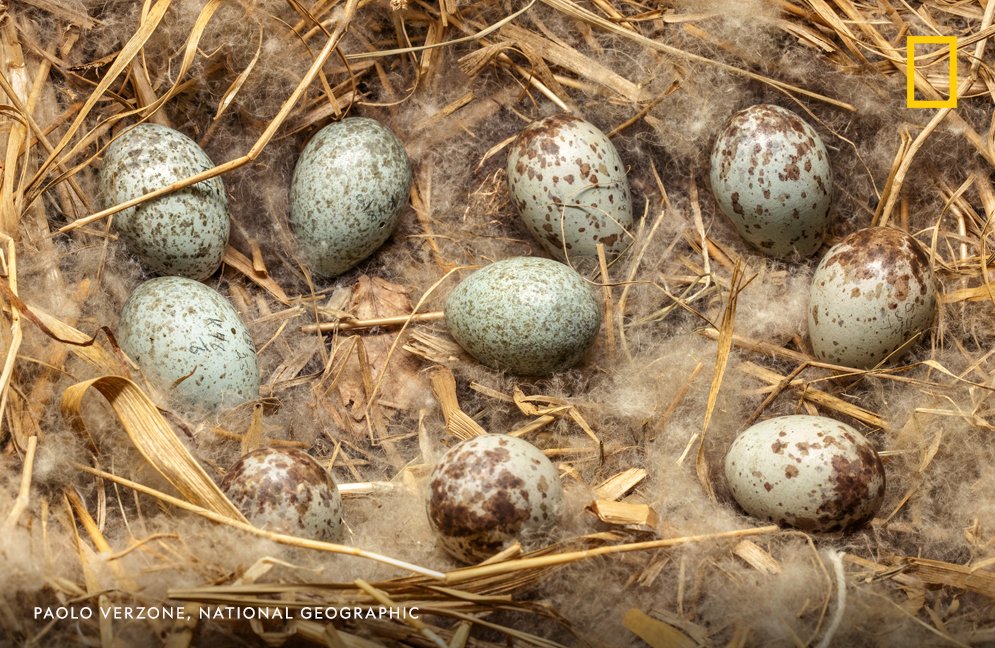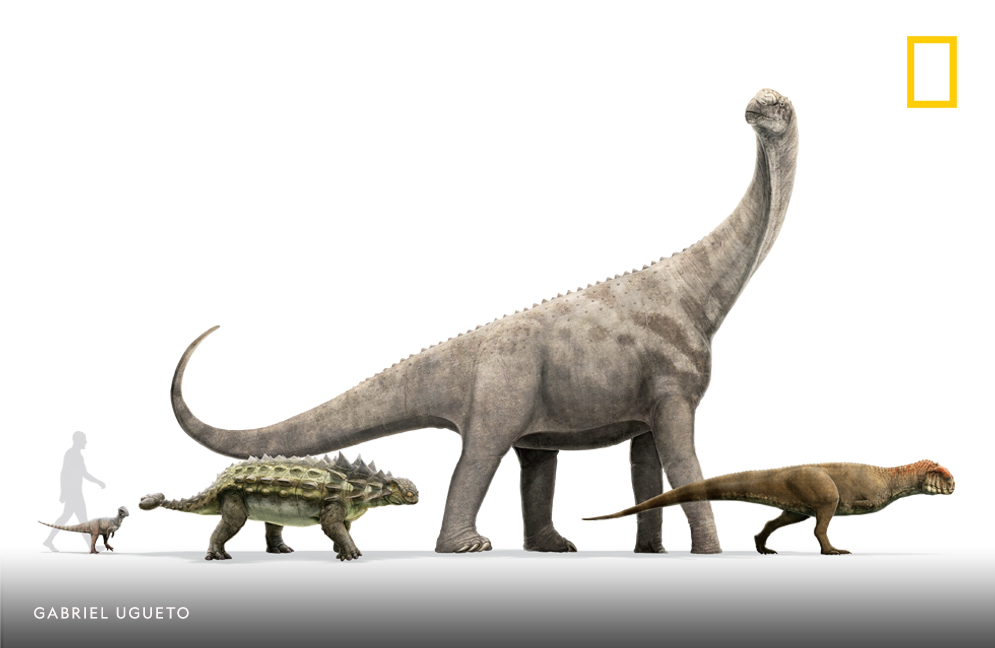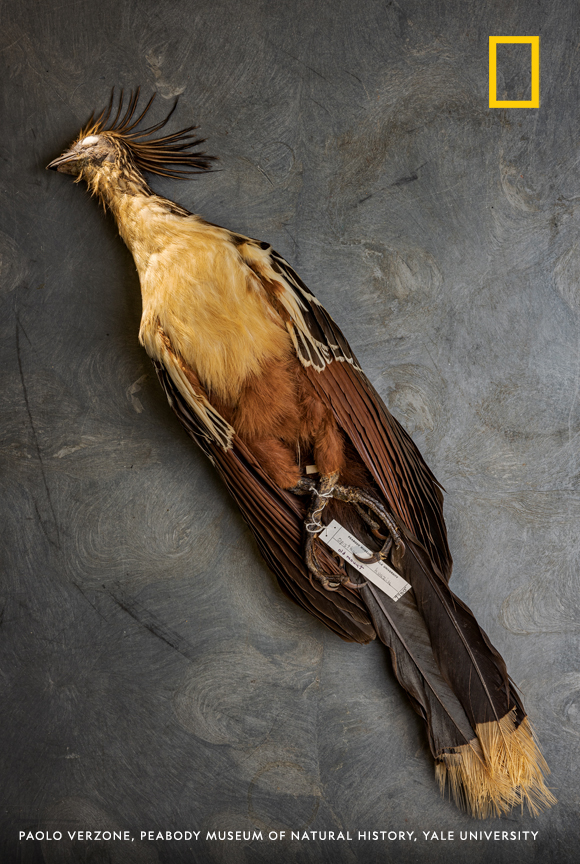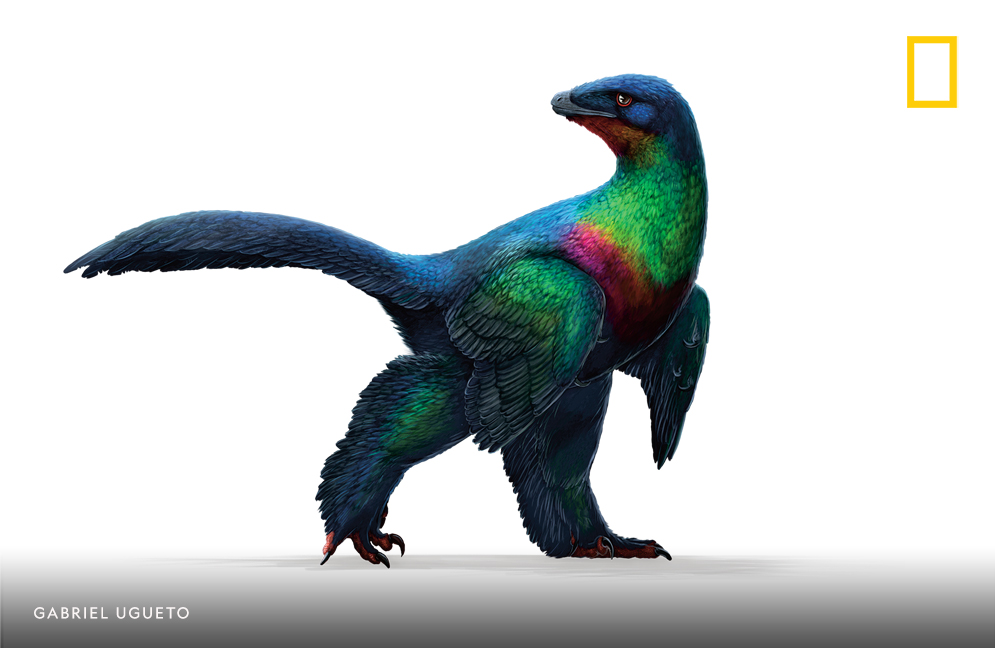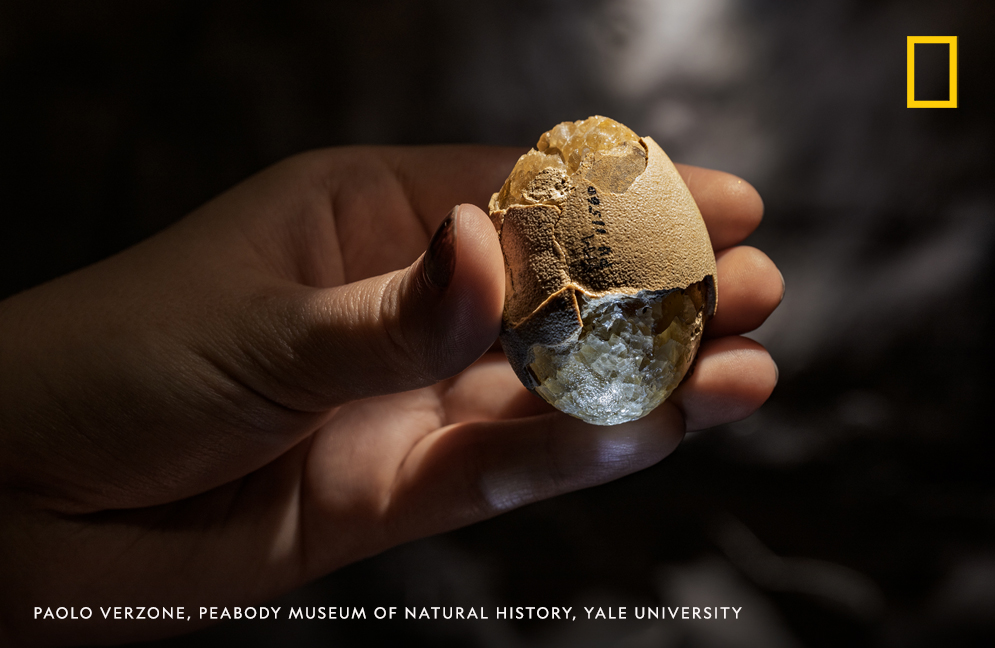"A microscope image of a quail embryo& #39;s forelimb looks exactly like the arm of a raptor dinosaur, down to the muscle and cartilage," writes @michaelgreshko in our October cover story on #NatGeoReimaginingDinos: https://www.nationalgeographic.com/magazine/2020/10/reimagining-dinosaurs-prehistoric-icons-get-a-modern-reboot-interactive-feature/?cmpid=org=ngp::mc=social::src=twitter::cmp=editorial::add=tw20201009ngm-TWthreadBirdsDinosOct2020::rid=">https://www.nationalgeographic.com/magazine/... Here& #39;s an image of a chicken embryo...
Previous theories about dinosaur reproduction were based on our understanding of reptile eggs. BUT scientists have since established a solid evolutionary connection between dinosaurs and....birds.
Bird eggs, such as these from tinamous, get their colors from pigments including protoporphyrin and biliverdin. Some fossil dinosaur eggs preserve these two compounds hinting at their hues.
Many dinosaur eggs had the colorful hues and mottled specks of modern bird eggs, like these scrub jay eggs.
Dinosaurs were originally thought to have been cold-blooded like modern reptiles. But some may have had faster metabolisms than suspected, possibly resembling those of warm-blooded mammals and birds.
Most dinosaur species grew larger over time, but paravian theropods—the precursors of birds—grew smaller over time, which was eventually helpful for flight.
By comparing the shape and arrangement of melanosomes in fossils with those in modern birds, experts can reconstruct a dinosaur& #39;s color and even see whether it was iridescent—like the Caihong juji.
This small herbivore, called Kulindadromeus, had at least three types of feathers—probably representing various evolutionary experiments in feather form.
This fossilized bird egg was laid tens of millions of years after the extinction of the non-avian dinosaurs. Yale Ph.D candidate @jasmina_wiemann who analyzes the chemistry of ancient eggshells says, "All birds are dinosaurs, so it is also an avian dinosaur egg."
Thanks for joining us all week for #NatGeoReimaginingDinos! We hope you& #39;ve enjoyed all the stories, videos, quizzes, panel discussions, and paleoart  https://abs.twimg.com/emoji/v2/... draggable="false" alt="🦕" title="Sauropode" aria-label="Emoji: Sauropode">
https://abs.twimg.com/emoji/v2/... draggable="false" alt="🦕" title="Sauropode" aria-label="Emoji: Sauropode"> https://abs.twimg.com/emoji/v2/... draggable="false" alt="🦖" title="T-Rex" aria-label="Emoji: T-Rex"> And perhaps now you& #39;re starting to reimagine what these fascinating creatures once looked like too... https://www.nationalgeographic.com/magazine/2020/10/reimagining-dinosaurs-prehistoric-icons-get-a-modern-reboot-interactive-feature/?cmpid=org=ngp::mc=social::src=twitter::cmp=editorial::add=tw20201009ngm-TWthreadBirdsDinosOct2020::rid=">https://www.nationalgeographic.com/magazine/...
https://abs.twimg.com/emoji/v2/... draggable="false" alt="🦖" title="T-Rex" aria-label="Emoji: T-Rex"> And perhaps now you& #39;re starting to reimagine what these fascinating creatures once looked like too... https://www.nationalgeographic.com/magazine/2020/10/reimagining-dinosaurs-prehistoric-icons-get-a-modern-reboot-interactive-feature/?cmpid=org=ngp::mc=social::src=twitter::cmp=editorial::add=tw20201009ngm-TWthreadBirdsDinosOct2020::rid=">https://www.nationalgeographic.com/magazine/...

 Read on Twitter
Read on Twitter